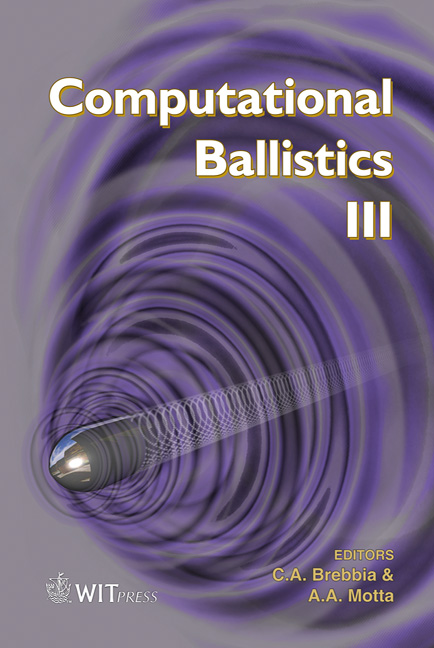Scalable Parallel Computation Of Explosively Formed Penetrators (EFPs)
Price
Free (open access)
Transaction
Volume
45
Pages
8
Published
2007
Size
981 kb
Paper DOI
10.2495/CBAL070151
Copyright
WIT Press
Author(s)
E. L. Baker, C. Chin, B. E. Fuchs & J. Pham
Abstract
Under the DoD High Performance Computer Modernization Program, the ARDEC Energetics and Warheads Division has successfully developed and demonstrated scalable parallel warhead mechanics modeling of an advanced explosively formed penetrator (EFP) warhead device. Warhead development commonly uses advanced computer modeling which can take extreme amounts of computer time. The recent application of scalable parallel computers has demonstrated the capability to achieve approximately a 120 times speed-up of EFP warhead modeling. Speed-ups were demonstrated using modeling of a copper lined EFP anti-armor warhead using the PCTH computer program on a number of multiple processor computers including a 256 node IBM SP2, 128 node Silicon Graphics Origin 2000 and smaller multiple processor Silicon Graphics workstations. This pioneering work clearly demonstrates the feasibility of applying parallel computers for warheads development. Keywords: explosively formed penetrator, scalable computing, parallel computing. 1 Background Continuum simulation of high rate explosive applications using finite element, finite difference and discrete particle methodologies have received considerable attention since the advent of digital computers (Von Neumann and Richtmyer [1], Mader [2], Wilkins [3]). Explicit high rate continuum simulation is extremely computationally intensive. As a result, less computationally demanding analytic models of high explosive systems have been widely developed and used (Baker [4], Yates et al [5]). However, analytic models rely
Keywords
explosively formed penetrator, scalable computing, parallel computing.




